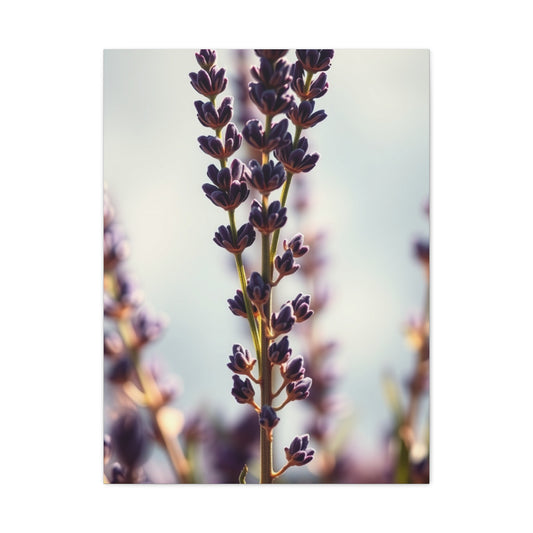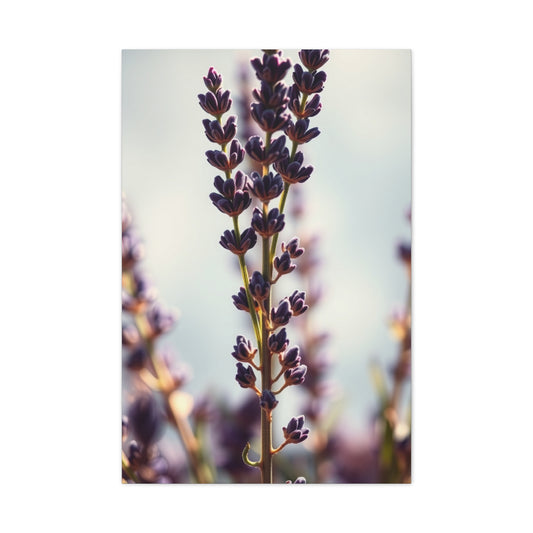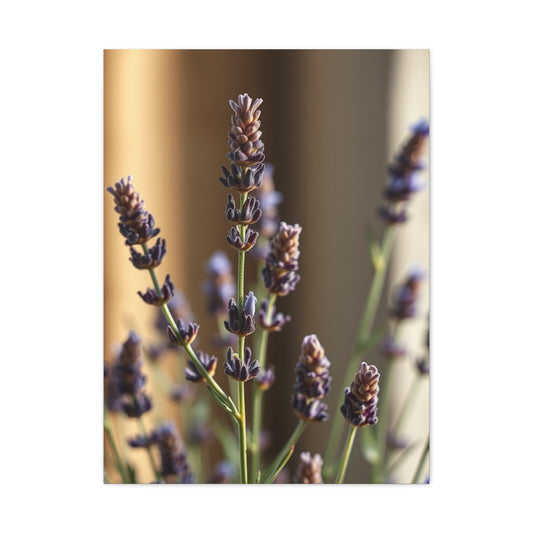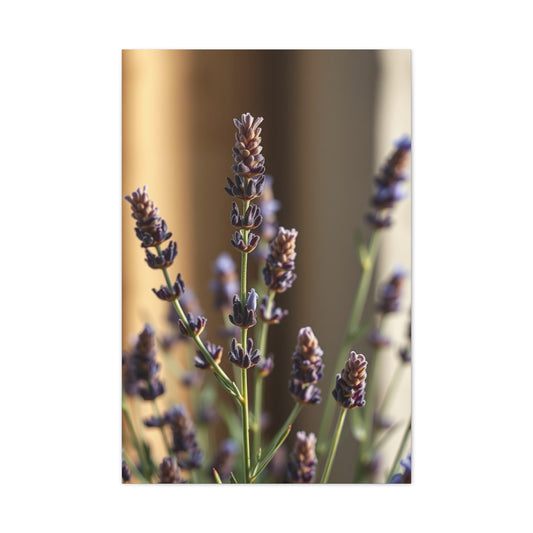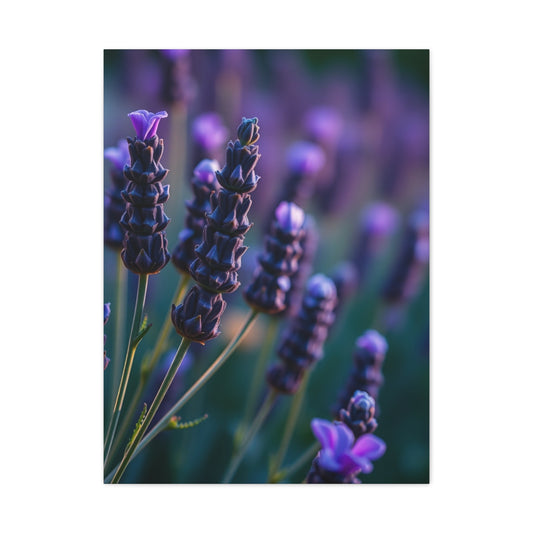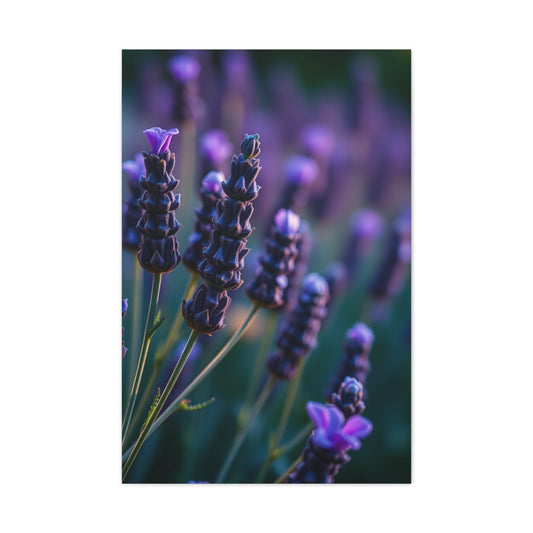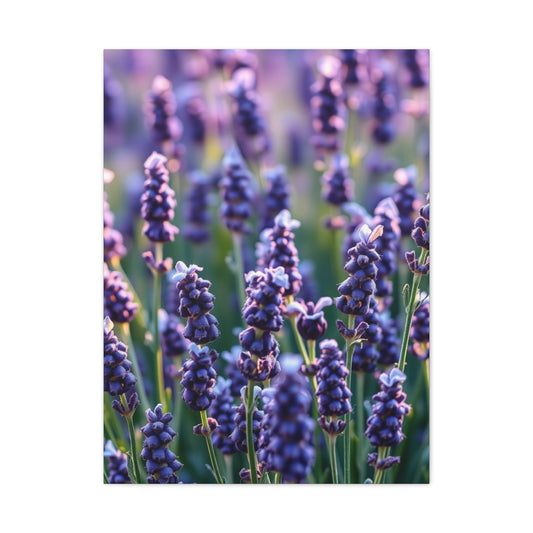The enchanting world of Scandinavian interior aesthetics represents a profound philosophy that transcends mere decorative choices, embodying a lifestyle that celebrates simplicity, functionality, and harmonious living. This extraordinary design movement, originating from the Nordic regions encompassing Denmark, Norway, Sweden, Finland, and Iceland, has captivated homeowners worldwide with its timeless appeal and sustainable approach to creating comfortable living environments. The essence of this design philosophy lies not merely in its visual appeal, but in its ability to create spaces that nurture well-being, promote mindfulness, and foster a deep connection with nature.
Contemporary interior design enthusiasts increasingly gravitate toward Nordic aesthetics because of their unique ability to create serene sanctuaries that feel both sophisticated and approachable. Unlike stark minimalism that can sometimes feel cold and unwelcoming, Scandinavian design strikes a perfect balance between simplicity and warmth, creating environments that are both visually striking and emotionally comforting. This remarkable design approach emphasizes the importance of creating spaces that serve multiple purposes while maintaining an aesthetic that feels effortlessly elegant and timelessly appealing.
The fundamental principles underlying Nordic interior design philosophy extend far beyond surface-level decorative elements, encompassing a holistic approach to living that prioritizes sustainability, functionality, and emotional well-being. These principles have evolved over centuries, shaped by the unique geographical and cultural characteristics of the Nordic region, where long winters and limited daylight hours have influenced the development of interior spaces that maximize natural light, warmth, and comfort. Understanding these underlying principles provides the foundation for successfully implementing Scandinavian design elements in any living space, regardless of geographical location or architectural constraints.
Maximizing Natural Illumination Through Strategic Architectural Integration
The pursuit of maximizing natural illumination is a fundamental principle in Scandinavian interior design. It’s a design philosophy deeply ingrained in the Nordic region’s historical reliance on daylight to brighten and warm homes during the long, dark winters. For Scandinavian designers, light isn’t just a utility—it’s a central element of the interior experience, shaping both the functionality and the mood of a space. The art of integrating natural light goes far beyond the installation of large windows; it’s about understanding how light flows through spaces, how it interacts with different surfaces, and how it can enhance the atmosphere of a room.
By leveraging natural light in innovative ways, Scandinavian interior design creates environments that feel open, airy, and harmonious, even in areas that might otherwise feel confined or shadowed. This is done with an acute awareness of how the angle of light changes throughout the day and how different elements of the interior can reflect, diffuse, or direct that light into the most beneficial areas. Maximizing natural light isn’t just about aesthetics—it’s about improving overall well-being and promoting a deep connection to the natural world, which plays a vital role in Scandinavian culture.
Understanding the Role of Natural Light in Scandinavian Homes
In Scandinavian homes, natural light is not just about visibility; it is seen as a way to connect with nature and the changing seasons. Due to the geographical location of Nordic countries, there are prolonged winter nights, often lasting up to several months. As a result, the relationship with light is one of reverence and necessity. The delicate interplay between natural light and architecture becomes an essential consideration in home design, driving innovations that maximize daylight and create a welcoming atmosphere.
A key aspect of Scandinavian homes is the careful positioning of windows. Since sunlight is limited in many regions, it’s important to allow as much natural light to enter as possible. Scandinavian homes often feature expansive windows that open up to the outdoors, creating a sense of flow between the interior and the exterior environment. The strategic placement of these windows ensures that light can flood key living areas such as living rooms, kitchens, and bedrooms. It’s about bringing the outdoors inside and inviting daylight to fill every corner of the home.
The use of light in Scandinavian interiors isn’t merely functional; it’s also emotionally enriching. Natural illumination contributes to the overall ambiance of a space, helping to create a calm, peaceful environment. A well-lit room can boost mood, increase productivity, and enhance relaxation. With a deep cultural connection to the outdoors, Scandinavian designers prioritize access to natural light to support these psychological and emotional benefits, which are essential in maintaining a balanced and positive lifestyle.
Window Treatments: Maximizing Natural Light Flow
A cornerstone of Scandinavian interior design is the thoughtful selection and use of window treatments that balance privacy and natural light. In contrast to heavy, dark drapes that block out light, Scandinavian homes favor lighter, translucent fabrics that allow sunlight to filter gently through while still maintaining a sense of privacy. This approach maximizes daylight entry, creating soft, diffused light that permeates every room.
Sheer linen curtains, lightweight cotton panels, and simple, translucent roller blinds are staple window treatments in Scandinavian interiors. These fabrics not only let in light but also diffuse it, creating an inviting glow throughout the room without overwhelming the senses. The use of these materials also allows homeowners to adjust the amount of light entering a space without fully obstructing the view. This nuanced control helps manage the natural light according to time of day or specific needs, such as when privacy is desired.
In addition to their functional role, these light window treatments also support the aesthetic goals of Scandinavian design. The fabrics are often chosen in neutral tones, such as soft whites, light grays, or muted pastels, which complement the overall color palette of the space. This helps to maintain a sense of visual unity and openness. The natural flow of light creates a calming environment, encouraging a connection to the outdoors and reinforcing the natural warmth and tranquility that defines Scandinavian interiors.
The Art of Furniture Placement: Harnessing Daylight to Enhance Functionality
Furniture placement plays a pivotal role in maximizing natural illumination in a room. A key principle in Scandinavian design is optimizing space for both function and light flow. The arrangement of seating, workspaces, and decorative elements should complement the natural light sources in the room to create spaces that are not only practical but also uplifting.
Seating areas are often strategically placed near windows to make the most of daylight. For example, a cozy reading nook by a large window allows occupants to enjoy sunlight during the day, benefiting from the therapeutic effects of natural light while also enhancing the atmosphere of the space. The morning light is often utilized in workspaces, where it helps create an energizing environment for productive activities. Scandinavian designers make it a point to position furniture in a way that enhances both the utility and aesthetic value of the space by using natural light to define the flow of the room.
Reflective surfaces such as mirrors, polished metal accents, and glass tables are also incorporated into Scandinavian interiors to amplify natural light. These reflective elements bounce light around the room, ensuring that no corner remains in shadow. By strategically placing mirrors on walls opposite windows or using glass furniture pieces, light is redirected and diffused across the room, which creates a sense of openness and brightness. This clever use of reflection increases the feeling of space and minimizes dark, isolated areas within the home.
The Impact of Color on Natural Light Reflection
Color selection is another vital element in maximizing natural light. In Scandinavian interiors, walls are typically painted in soft, light colors that enhance the available natural light. Pale shades of white, off-white, warm cream, and light gray work in harmony with natural illumination to reflect sunlight and create a serene and airy atmosphere. These color choices help to maintain the flow of light throughout the room, reinforcing the sense of openness and clarity that is a hallmark of Scandinavian design.
Lighter colors on walls and ceilings reflect more light, brightening the space without the need for artificial lighting. This effect is particularly important during the darker months when daylight is scarce. In addition to reflecting light, these neutral tones provide a perfect backdrop for other natural materials like wood, stone, and textiles, all of which contribute to the organic warmth and texture of the space. The interplay between natural light and these light-colored surfaces creates an environment that feels expansive, peaceful, and connected to the natural world.
Beyond the visual benefits, color plays an important psychological role in Scandinavian design. Soft, muted tones help to create a calm, peaceful atmosphere that promotes relaxation and clarity of mind. By choosing light and neutral hues that complement natural light, Scandinavian homes encourage a sense of well-being and tranquility, offering a retreat from the harsh, artificial world outside.
Architectural Features That Enhance Natural Light
Skylights, clerestory windows, and other architectural elements are used in Scandinavian design to introduce light from multiple directions, creating dynamic lighting conditions that shift with the passage of time. These architectural features allow natural light to penetrate deeper into the home, bringing a sense of openness and vitality to spaces that might otherwise be shadowed.
Skylights, in particular, are highly effective in spaces like bathrooms, hallways, or kitchens, where windows might be smaller or less ideal for providing adequate daylight. The integration of skylights brings in light from above, filling the space with warmth and brightness. Similarly, clerestory windows, placed high on walls, can allow light to pour into a room without compromising privacy or obstructing views.
For homes or spaces where installing traditional windows isn’t feasible, Scandinavian designers often turn to creative solutions such as light wells and reflective light tubes. These innovations bring light into areas that would otherwise lack natural illumination, redirecting daylight through reflective surfaces or specially designed channels. Even in more constrained spaces, these architectural techniques ensure that light flows freely and evenly throughout the home.
When designing for natural light, Scandinavian architects prioritize sustainability and energy efficiency. By incorporating features like double-glazed windows, solar panels, and passive design strategies, they ensure that homes remain comfortable year-round while minimizing reliance on artificial lighting.
Integrating Nature and Architecture: A Holistic Approach to Natural Light
In Scandinavian design, there is a strong emphasis on integrating nature with architecture. The connection between interior spaces and the outdoors is central to the design ethos, and this is reflected in the maximization of natural light. By blurring the boundaries between indoor and outdoor environments, Scandinavian designers create spaces that are in constant harmony with the changing daylight and seasons.
Landscaping plays an important role in how natural light interacts with the interior of a home. The strategic placement of trees, plants, and other natural elements outside can help filter sunlight or create shaded areas that balance the intensity of light coming through windows. Similarly, interior plants, particularly those near windows, create a seamless connection between the natural environment and the home, reinforcing the Scandinavian belief in maintaining a deep connection to nature.
The integration of nature within the home is also about creating spaces that foster a sense of well-being. Natural materials such as wood, stone, and textiles work together with light to create a soothing, welcoming environment. The presence of plants, natural fibers, and earthy tones creates an atmosphere that feels grounded and authentic. The interplay between architecture, natural light, and organic materials ensures that every space feels like an extension of the surrounding natural world.
Incorporating Multifunctional Design Elements for Optimal Space Utilization
The philosophy of multifunctional design represents a sophisticated approach to space planning that goes far beyond simple storage solutions, embodying a mindset that values versatility, adaptability, and intelligent resource utilization. This principle reflects the Nordic cultural appreciation for practicality and efficiency, where every element within a living space serves multiple purposes while contributing to the overall aesthetic harmony of the environment.
Contemporary interpretations of multifunctional design embrace innovative storage solutions that seamlessly integrate into the architectural fabric of the home. Built-in storage systems, hidden compartments, and modular furniture pieces create opportunities for organization without compromising visual appeal. Ottoman storage benches provide comfortable seating while concealing linens and seasonal items, while expandable dining tables accommodate both intimate family meals and larger gatherings without permanently occupying excessive floor space.
The concept of transformative furniture pieces has evolved significantly, with modern Nordic-inspired designs featuring beds that convert into seating areas, desks that fold away when not in use, and storage systems that can be reconfigured to meet changing needs. These adaptable elements reflect the Scandinavian emphasis on living simply while maintaining functionality for diverse lifestyle requirements.
Wall-mounted solutions represent another crucial aspect of multifunctional design implementation. Floating shelves serve dual purposes as display areas for decorative objects and practical storage for books and personal items. Wall-mounted desks create workspace solutions in compact areas, while fold-down surfaces provide temporary work areas that can be concealed when not needed.
The selection of furniture pieces with inherent versatility becomes essential in achieving authentic Nordic interior aesthetics. Coffee tables with storage compartments, side tables with built-in charging stations, and entertainment centers with adjustable shelving systems exemplify the thoughtful integration of multiple functions within single pieces. These selections require careful consideration of both immediate needs and potential future requirements, ensuring that investments in furniture provide long-term value and adaptability.
Modular systems that can be expanded, reconfigured, or repurposed over time align perfectly with sustainable living principles while providing flexibility for evolving lifestyle needs. These systems allow homeowners to start with basic configurations and add components as required, creating personalized solutions that grow and change with family dynamics and spatial requirements.
Implementing Subtle Accent Features for Visual Interest
The artful incorporation of subtle accent features represents a refined approach to adding personality and visual interest to Scandinavian-inspired interiors without overwhelming the fundamental principles of simplicity and restraint. This delicate balance requires a sophisticated understanding of how individual elements contribute to the overall composition while maintaining the serene atmosphere that defines authentic Nordic design aesthetics.
Accent walls in Nordic-inspired spaces embrace muted color palettes that enhance rather than dominate the overall design scheme. Soft sage greens, dusty blues, warm grays, and gentle lavender tones provide subtle variation without creating jarring contrasts that disrupt visual harmony. These color choices often draw inspiration from natural phenomena found in Nordic landscapes, including the subtle hues of dawn skies, weathered coastal stones, and evergreen forests shrouded in morning mist.
Textural variations represent another sophisticated approach to creating visual interest through accent features. Natural wood paneling, exposed brick surfaces, and stone accent walls introduce organic textures that connect interior spaces with natural elements while maintaining the clean lines characteristic of Scandinavian design. These textural elements should be implemented sparingly and with careful consideration of their relationship to surrounding surfaces and furnishings.
Artistic elements within Nordic-inspired interiors tend toward abstract representations of natural forms, geometric patterns inspired by traditional Scandinavian folk art, and photographic representations of Nordic landscapes. These pieces are typically displayed in simple frames and arranged with plenty of surrounding white space to allow each piece to breathe and contribute meaningfully to the overall composition.
The use of plants as accent features aligns perfectly with Nordic design principles while introducing living elements that change and evolve over time. Large-scale plants in simple ceramic or wooden planters create dramatic focal points, while collections of smaller plants in matching containers can create rhythmic patterns that guide the eye through spaces. Plant selection should favor species that thrive in indoor conditions while requiring minimal maintenance to align with the practical aspects of Nordic living philosophy.
Lighting fixtures serve dual purposes as functional elements and accent features within Scandinavian-inspired interiors. Pendant lights with clean geometric forms, table lamps with natural material bases, and floor lamps with adjustable features provide both necessary illumination and sculptural interest. The selection of lighting fixtures should prioritize simplicity of form while incorporating materials such as wood, metal, and natural fabrics that reinforce the connection to natural elements.
Cultivating Hygge Through Atmospheric Design Elements
The Danish concept of hygge represents far more than a decorative approach; it embodies a philosophy of creating spaces that nurture comfort, contentment, and emotional well-being through thoughtful design choices and atmospheric elements. Implementing hygge principles requires understanding how physical environments influence mood, behavior, and overall quality of life, creating spaces that serve as refuges from external stresses while promoting relaxation and mindfulness.
Textile selections play a fundamental role in establishing hygge within interior spaces. Natural fiber materials including wool, linen, cotton, and cashmere provide tactile experiences that enhance comfort while contributing to visual warmth. Layering different textures through throw pillows, blankets, area rugs, and window treatments creates opportunities for physical comfort while adding depth and interest to neutral color schemes. The key lies in selecting textiles that invite touch and interaction while maintaining the clean aesthetic lines characteristic of Nordic design.
Seating arrangements designed for hygge prioritize comfort and intimacy over formal presentation. Deep, comfortable chairs positioned to encourage conversation and relaxation, ottomans that invite feet-up lounging, and cushioned window seats that provide perfect spots for reading and contemplation exemplify furniture selections that support hygge principles. These seating areas should be designed to accommodate various activities including reading, casual conversation, meditation, and simple relaxation.
The integration of natural materials throughout interior spaces reinforces the connection between indoor environments and natural settings that characterizes authentic Nordic design. Wood flooring, stone surfaces, natural fiber textiles, and wooden furniture pieces create tactile experiences that ground occupants in natural sensations while providing visual warmth. The selection of these materials should prioritize sustainable sources and traditional craftsmanship techniques that honor the cultural heritage underlying Nordic design philosophy.
Ambient lighting design becomes crucial in creating hygge atmospheres that support relaxation and comfort throughout different times of day and seasons. Layered lighting schemes incorporate multiple sources including table lamps, floor lamps, candles, and integrated architectural lighting to create flexible illumination options suitable for various activities and moods. The quality of light should be warm and inviting, avoiding harsh fluorescent sources that can create clinical atmospheres incompatible with hygge principles.
Fireplace integration, whether through traditional wood-burning units, efficient gas inserts, or electric alternatives, provides both literal and symbolic warmth that epitomizes hygge philosophy. The gathering space around a fireplace becomes a natural focal point for family activities, quiet contemplation, and seasonal celebrations. Even in spaces where traditional fireplaces are not feasible, the incorporation of candles, lanterns, and warm lighting can create similar atmospheric effects.
Introducing Vibrant Elements Within Restrained Color Palettes
The evolution of Nordic interior design has embraced selective use of vibrant colors as accent elements that enliven neutral foundations without compromising the fundamental principles of simplicity and harmony. This sophisticated approach to color integration requires careful consideration of tone, intensity, and placement to achieve visual interest while maintaining the serene atmosphere characteristic of authentic Scandinavian aesthetics.
Contemporary Nordic color palettes expand beyond traditional whites and grays to incorporate earth-inspired hues that reflect natural phenomena and seasonal changes. Warm terracotta tones reminiscent of autumn leaves, deep forest greens that echo evergreen landscapes, and soft coral shades that capture sunset reflections on snow provide opportunities for color integration that feels authentic and connected to Nordic natural environments.
The strategic placement of colorful elements becomes essential in maintaining visual balance while introducing energy and personality into neutral spaces. Single accent walls in muted but warm colors can transform room dynamics without overwhelming other design elements. Furniture pieces in carefully selected colors, such as dining chairs in soft mustard or sage green, provide focal points while maintaining functional practicality.
Seasonal color rotation allows for dynamic change within Nordic-inspired interiors without requiring major renovation or investment. Textile accessories including throw pillows, blankets, artwork, and decorative objects can be rotated seasonally to reflect changing natural conditions while maintaining core neutral foundations. This approach aligns with Nordic cultural traditions of adapting living environments to seasonal rhythms and natural cycles.
The psychology of color selection within Nordic contexts emphasizes hues that promote well-being, reduce stress, and enhance mood during challenging weather conditions. Warm yellows and oranges can counteract the effects of limited daylight during winter months, while cool blues and greens provide refreshing contrast during warmer seasons. Understanding these psychological impacts guides intelligent color selection that supports both aesthetic goals and emotional well-being.
Pattern integration through textiles, wallpaper, and decorative elements offers additional opportunities for introducing visual interest while maintaining adherence to Nordic design principles. Geometric patterns inspired by traditional Scandinavian folk art, subtle stripes, and organic forms derived from natural elements provide pattern variety without creating visual chaos or competing with architectural elements.
Creating Spacious Environments Through Strategic Layout Planning
The pursuit of spaciousness within Nordic interior design extends beyond physical dimensions to encompass psychological perceptions of space, movement flow, and visual continuity that contribute to overall feelings of freedom and tranquility. Achieving authentic spaciousness requires strategic planning that maximizes both actual square footage and perceived volume while maintaining functional efficiency for daily activities.
Furniture selection and placement become critical factors in creating spacious environments that feel uncluttered and serene. Low-profile furniture pieces that maintain sight lines across rooms, transparent or semi-transparent materials that provide functionality without visual weight, and appropriately scaled pieces that relate harmoniously to room proportions contribute to impressions of spaciousness even in compact areas.
Open floor plans that combine multiple functional areas while maintaining distinct zones for different activities exemplify Nordic approaches to space utilization. Kitchen islands that provide workspace while maintaining visual connection to living areas, dining spaces that flow seamlessly into relaxation zones, and flexible room arrangements that can be reconfigured for different activities maximize spatial efficiency while promoting family interaction and social connection.
Vertical space utilization through tall storage systems, high-mounted shelving, and architectural elements that draw the eye upward creates impressions of height and volume within rooms. These vertical strategies work particularly well in spaces with limited floor area, where horizontal expansion is not possible but vertical emphasis can create dramatic spatial effects.
The elimination of unnecessary decorative elements and furniture pieces that serve no practical purpose aligns with Nordic principles while contributing to spatial clarity and visual calm. This approach requires careful evaluation of each element within a space to determine its functional value and aesthetic contribution, retaining only those pieces that serve meaningful purposes while enhancing overall design integrity.
Storage solutions that conceal clutter while maintaining easy access to necessary items become essential in achieving spacious environments that remain functional for daily life. Built-in storage systems, hidden compartments, and organizational solutions that keep surfaces clear and pathways unobstructed contribute to both actual and perceived spaciousness while supporting efficient household management.
The integration of natural elements including plants, natural light, and organic materials creates connections between interior and exterior spaces that psychologically expand spatial boundaries. Large windows that frame outdoor views, interior courtyards or light wells that bring natural elements indoors, and plant arrangements that soften architectural edges all contribute to spatial expansion through visual and psychological connection with natural environments.
Advanced Implementation Strategies for Authentic Nordic Aesthetics
Successfully implementing authentic Nordic interior design requires understanding the cultural, historical, and philosophical foundations underlying this design approach, moving beyond surface-level aesthetic copying to embrace the deeper principles that inform genuine Scandinavian living environments. This comprehensive understanding enables homeowners to create spaces that capture the essential spirit of Nordic design while adapting to local conditions and personal preferences.
Sustainable material selection represents a fundamental aspect of authentic Nordic implementation, prioritizing locally sourced materials, renewable resources, and traditional craftsmanship techniques that honor environmental stewardship principles embedded within Nordic culture. This approach extends beyond aesthetic considerations to encompass ethical responsibility and long-term environmental impact, ensuring that design choices align with broader sustainability goals.
The integration of traditional Nordic craftsmanship elements including hand-woven textiles, carved wooden details, and artisanal ceramic pieces connects contemporary spaces with cultural heritage while supporting skilled craftspeople and traditional techniques. These elements should be incorporated thoughtfully and sparingly, serving as accent pieces that add authenticity and character without overwhelming clean modern aesthetics.
Seasonal adaptation strategies that acknowledge changing natural conditions and their impact on interior environments reflect authentic Nordic approaches to living with natural rhythms. This might include rotation of textiles, adjustment of lighting schemes, incorporation of seasonal natural elements, and modification of furniture arrangements to optimize comfort throughout different times of year.
Technology integration within Nordic-inspired spaces should prioritize discretion and functionality over visual prominence, concealing electronic devices and systems while maintaining easy access and full functionality. This approach aligns with Nordic preferences for uncluttered environments while acknowledging the role of modern technology in contemporary living.
Personal expression within Nordic design frameworks requires careful balance between individual preferences and adherence to fundamental design principles. Successful implementation allows for personality and unique character while maintaining the essential simplicity, functionality, and connection to nature that define authentic Scandinavian aesthetics.
The consideration of climate and geographical factors in implementing Nordic design principles enables adaptation to local conditions while maintaining essential characteristics of this design approach. Understanding how Nordic design responds to specific environmental challenges provides guidance for thoughtful adaptation to different climatic conditions and geographical contexts.
This comprehensive exploration of Nordic interior design implementation provides homeowners with essential knowledge and practical strategies for creating authentic Scandinavian-inspired living environments. The successful application of these principles creates spaces that not only embody aesthetic beauty but also support well-being, sustainability, and meaningful daily experiences that reflect the deeper values underlying this timeless design philosophy.
Conclusion
Maximizing natural illumination through strategic architectural integration is a core element of Scandinavian design. It’s about more than just increasing the amount of light in a room—it’s about thoughtfully designing spaces that invite natural light to fill every corner, creating an environment that feels open, airy, and connected to the outdoors. By carefully considering window treatments, furniture placement, color selection, and the use of reflective surfaces, Scandinavian designers ensure that natural light plays a central role in shaping the atmosphere of a space.
Incorporating skylights, clerestory windows, and other architectural elements further enhances the dynamic quality of natural light, bringing energy and life to interiors. With a deep respect for nature and a commitment to creating sustainable, harmonious living spaces, Scandinavian design exemplifies the power of natural light to elevate the home and foster a deeper connection to the natural world.













